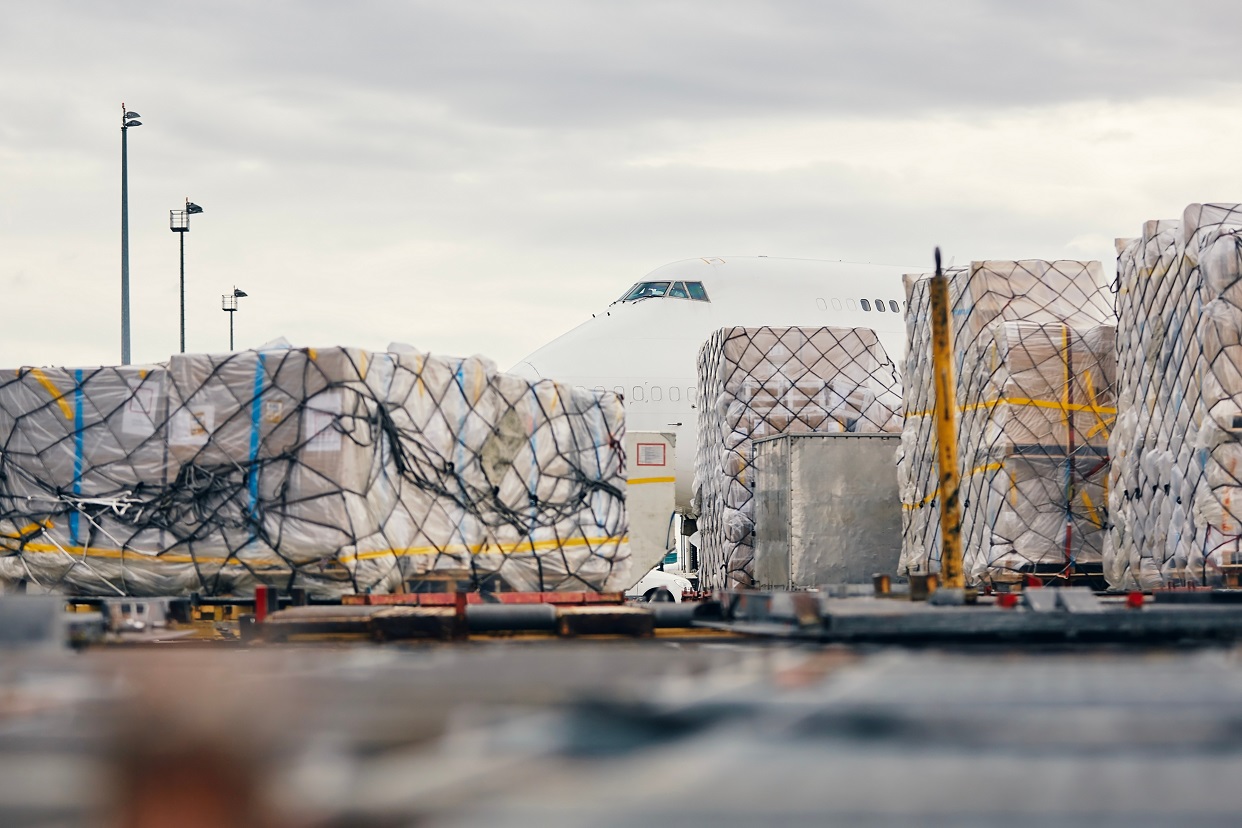Sea-air to come to the fore as Red Sea crisis drags on
24 / 01 / 2024

Source: Jaromir Chalabala/Shutterstock
Kerry Logistics has reported increased interest in its sea-air services, mirroring reports of growing enquiries for alternatives to ocean shipping due to the Red Sea crisis.
The Hong Kong-headquartered forwarder said that its sea-air and road-air services across Eurasia have recently garnered increased interest.
The company said that its sea-air solution transports shipments from Chinese seaports to European airports within 16-21 days and is around 40% cheaper than conventional airfreight and 40% faster than seafreight.
“Cargo is transported by seafreight to Dubai followed by air transport to Europe, with operations centred at the Kerry Logistics Jebel Ali bonded facility in Dubai,” the company explained.
Meanwhile, its road-air service takes around 15-20 days, all-road in 20-25 days and road-rail 25-30 days.
According to Maersk, sailing from China to Europe via the Suez Canal takes around 30 to 45 days, but analysts warn this will be extended by 10-14 days when sailing via the Cape of Good Hope.
Meanwhile, the longer transit times also impact available capacity and could create container shortages as more boxes are at sea at any given time.
These factors are already pushing up ocean freight rates. Data from Xeneta shows that by mid-January ocean freight rates from China to Europe had more than doubled to $4,138 per FEU compared with early December.
Sea-air via Los Angeles?
Xeneta has also suggested that shippers could turn to sea-air to get shipments to Europe, perhaps even shipping via Los Angeles.
“In addition to its impact on the Asia to Europe market, the Red Sea crisis will also likely spark interest in sea-air modes via Dubai and Los Angeles,” analyst Peter Sand wrote in a recent summary.
“In the immediate vicinity to the Red Sea, Dubai will likely see increased ocean imports from Asia and air exports to Europe. For valuable, time-sensitive shipments, shippers can take advantage of both airfreight’s shortened transit time and cheaper ocean freight to Dubai in an effort to mitigate costs.”
“The potential increased demand from sea-air mode could see Dubai to Europe air cargo spot rates soon climb above pre-pandemic levels,” he added.
“Furthermore, Los Angeles to Europe air cargo rates could be on the rise if ocean shippers get creative and adopt a sea-air mode from China to Europe via Los Angeles.
“This could be an even more cost-efficient option compared to sea-air mode vis Dubai.
“Global airfreight shippers should monitor the situation closely and be prepared for possible disruptions.
“The Red Sea crisis poses a serious threat to the ocean shipping on Asia to Europe routes and could extend beyond the immediate routes for airfreight and into other trades.”
Sand suggested that sea-air via Los Angeles cost an estimated $1.33 per kg and would be less expensive than sea-air via Dubai at $1.61 per kg, although some on social media have questioned the figures.
Summing up the current market conditions, Scan Global Logistics said that airfreight was enjoying ocean freight tailwind due to the Red Sea situation. However, no volume tsunami is in sight.
“An increase in airfreight, sea-air, and rail freight volumes is apparent, but not at a magnitude with the potential for significant disruption,” the forwarder said.
“This development is expected to be sustained until the Lunar New Year, and as a natural consequence, airfreight rates have also increased in recent weeks.”













